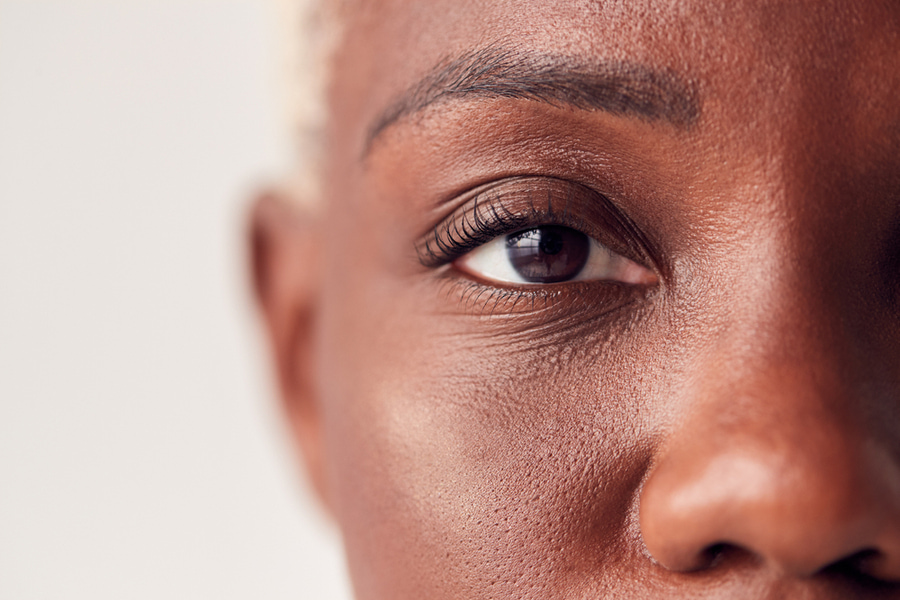What are the long-term results of RK?
Many people who had RK during the 1980’s and 1990’s report that their vision remained stable for many years. Others have exhibited a more progressive change in the way they have seen over time. Most patients who had RK were nearsighted before the procedure. Today, many of those patients are farsighted and/or experience fluctuation in their vision throughout the day. It is common that the vision prescription measured in the morning is quite a bit different than it is in the afternoon and evening.
If I experience fluctuation of my vision during the day after RK, will it continue after another surgery such as PRK, LASIK, or lens implant surgery?
Yes, fluctuation of the vision during the day as a result of RK is very common and will continue, even if another procedure is performed. It is very important to inform your surgeon before any follow-on procedures if fluctuation exists. Occasionally, follow-on procedures may still be performed to reduce the amount of vision prescription at the present time, through its various fluctuations. If you experience fluctuation in your vision throughout the day, be sure to ask your surgeon how that will be managed and dealt with after your 2nd procedure.


